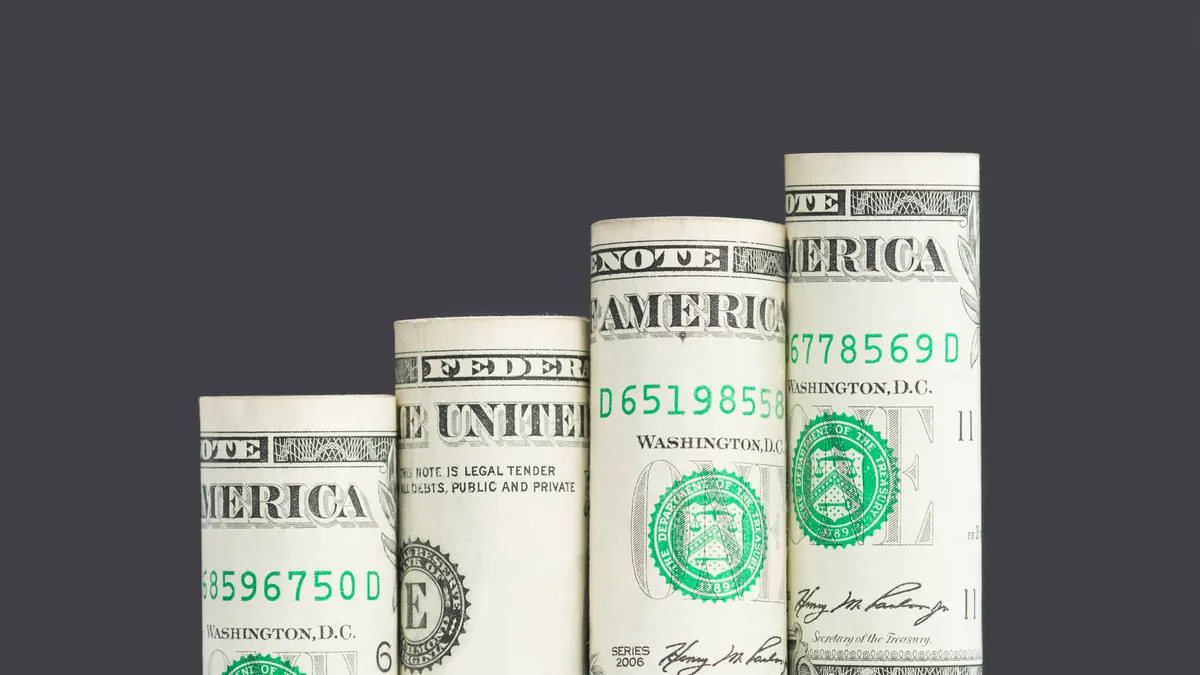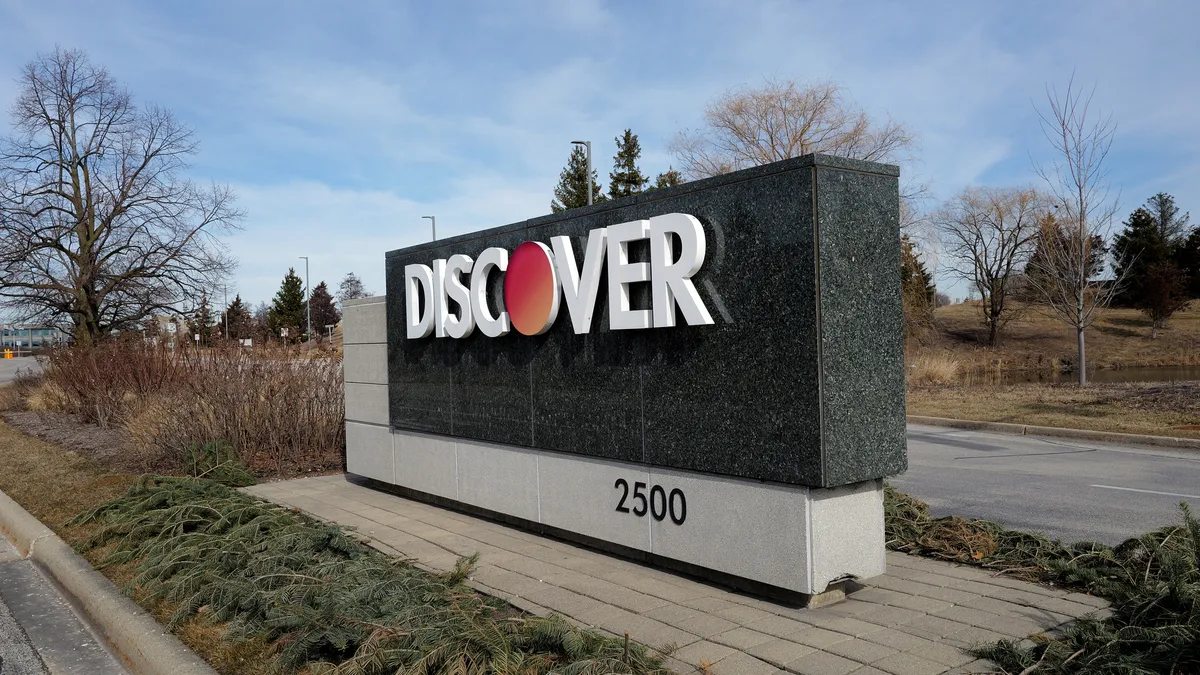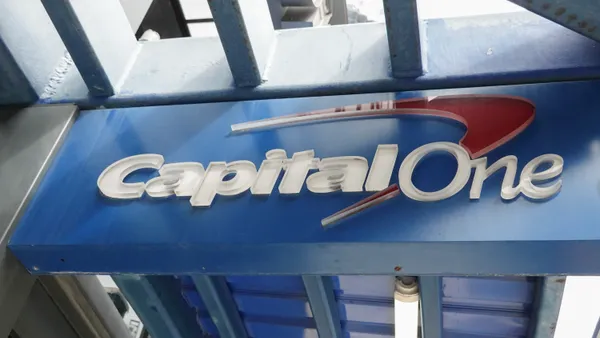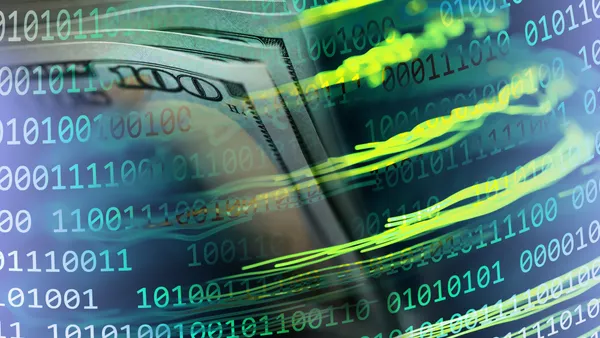Bam Azizi is the CEO and cofounder of embedded finance company Mesh. He is based in San Francisco.
As the backbone of international trade and a benchmark for global stability, the U.S. dollar has been the world’s currency for more than a century.
The dollar was initially backed by silver or gold, before becoming a simple fiat paper money, and then again transforming into simple digital information processed by credit cards and bank accounts. Now, as its global role is being challenged by other currencies such as the Chinese Renminbi, the American dollar is transforming itself again, now through stablecoins.
These digital assets, now worth over $200 billion, offer a new way of thinking about money, promising accessibility and efficiency to populations historically excluded from dollarized systems. While they still carry the macroeconomic features of the underlying currency, their permissionless nature makes them a very game-changing tool for financial inclusivity across the world.
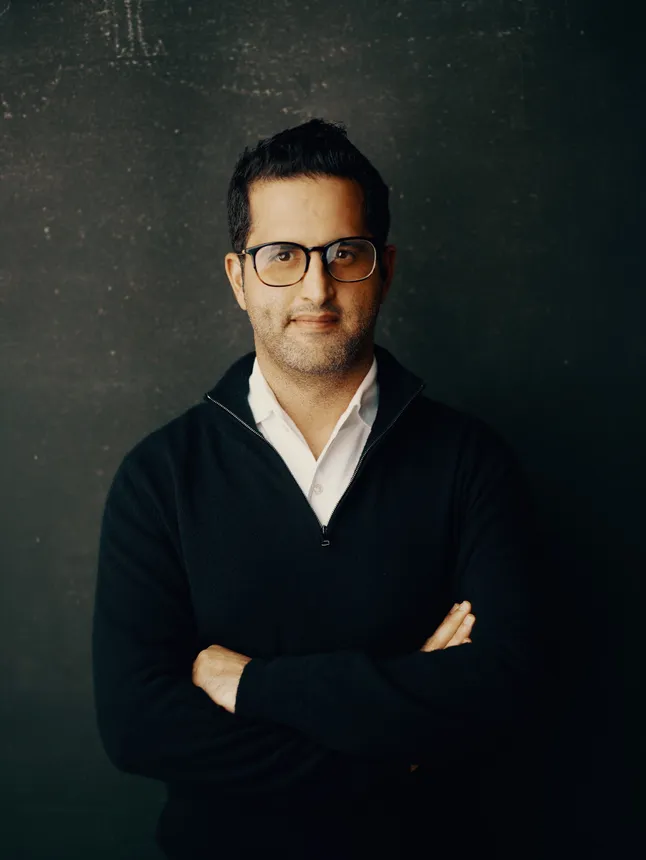
From Sub-Saharan Africa to Turkey and Argentina, individuals worldwide seek dollar-denominated assets to preserve their purchasing power from unstable and inflationary economies. The essence of the dollar’s reliability is hard to put into words in a simple manner, but can be observed in the way that the dollar is the go-to reserve currency for most of the world — including foreign governments that have been stocking up on U.S. Treasuries for decades.
Still, accessing the dollar remains a privilege that is accorded only to people in “friendly countries” or to those who live in places with modern financial infrastructure. In countries with a lacking banking sector or stringent capital controls, dollars are often only available through the black market, where the premium can be so high that only the wealthy can afford the transactions. Similarly, moving money across borders can be very slow, costly, and filled with inefficiencies.
Satoshi Nakamoto came up with the idea of Bitcoin, a borderless currency that was supposed to address many of these challenges and offer a decentralized alternative to fiat money. Initially conceived as peer-to-peer electronic cash, Bitcoin subsequently gained traction as a store of value and a hedge against inflation in the investment world. However, Bitcoin’s volatility has prevented it from being widely adopted as a medium of exchange across the world.
The demand for stable currencies such as the U.S. dollar is still much greater than the interest in cryptocurrencies that fluctuate in value.
Stablecoins are issued using blockchains such as Ethereum, but they maintain value parity with fiat currencies like the U.S. dollar. For those living in unstable countries and underserved communities, stablecoins provide a good store of value and a reliable way for people to transfer money.
Unlike traditional remittance systems such as Western Union that charge exorbitant fees, stablecoins allow anybody to send money at a fraction of the cost. Dollar-based stablecoins such as USDT and USDC are traded all over the world at any time of the day, regardless of holidays, time zones, and whether markets are open or closed. To receive this digital form of dollars, users just need a smartphone and internet access. This is very important for all the people who don’t have a bank account but have a phone in their pocket.
It’s not surprising that the regions where the stablecoin market has had the highest levels of growth are Latin America, Sub-Saharan Africa and Eastern Asia with people in high-inflation economies such as Venezuela and Argentina using stablecoins as a lifeline to protect their savings; one could point to a correlation between the devaluation of local currency and adoption of stablecoins.
With the emergence of stablecoins as one of the clear winners of this first 15 years of crypto, it’s evident that the traditional conception of fiat money does not belong to this century. Money that takes days (if not weeks) to be transferred across an ocean does not seem to be ideal for an increasingly globalized and digital world.
With stablecoins, we can envision a future where the financial system is open, inclusive, and efficient.


